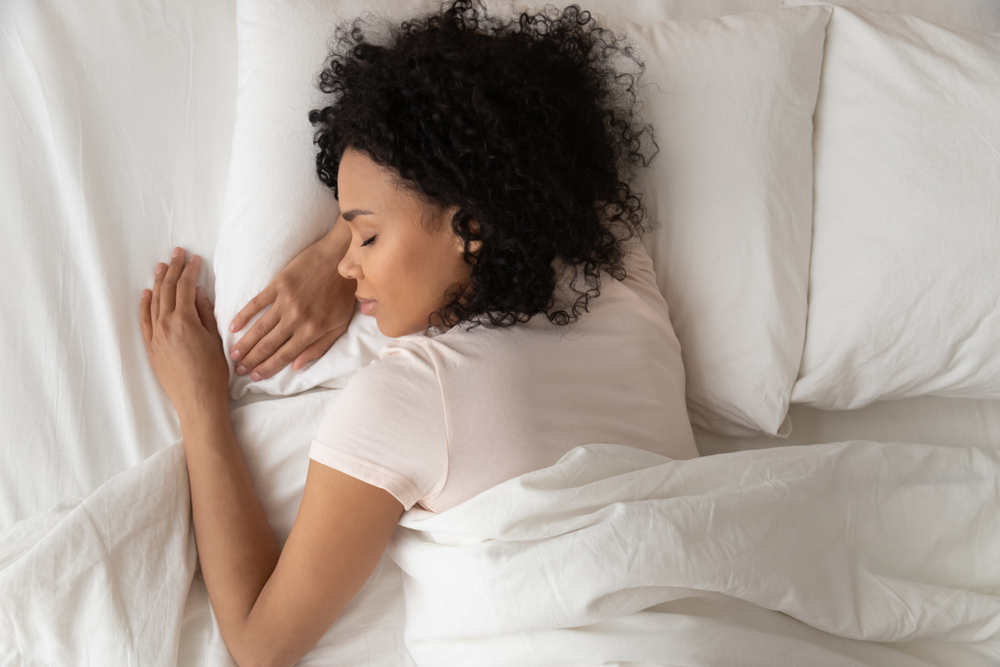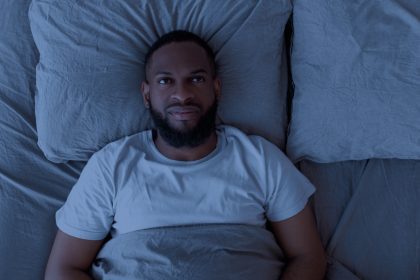The relationship between sleep and lower back pain creates a challenging cycle that affects millions of people worldwide. According to sleep medicine specialist Dr. Kim M. Yuen, about 60% of people will experience lower back pain at some point in their lives, making it a leading cause of sleep disturbance. Understanding how to break this cycle can lead to better sleep and reduced pain.
Lower back pain doesn’t just affect your waking hours. When nighttime arrives, the discomfort can make finding a comfortable sleeping position seem impossible. This difficulty often leads to restless nights and increased pain sensitivity the next day, creating a continuous cycle of discomfort and poor sleep quality.
Understanding your pain
Not all lower back pain is created equal. Acute pain often arrives suddenly, usually following an injury or strain, and typically resolves within a few weeks with proper care. Chronic pain, lasting more than three months, may stem from conditions like arthritis or herniated discs, requiring a more comprehensive management approach.
Research shows that poor sleep can lower pain thresholds, making existing back pain feel more intense. Conversely, chronic pain can disrupt sleep architecture, reducing the amount of deep, restorative sleep needed for physical recovery. Understanding this connection helps explain why addressing both sleep and pain management simultaneously is essential for improvement.
Finding comfort in bed
Your sleeping position significantly impacts your comfort level through the night. For those with nerve-related pain, sleeping on your back with knees slightly elevated on pillows helps maintain proper spinal alignment. This position distributes body weight evenly and minimizes pressure points.
Side sleeping in a modified fetal position, with a pillow between the knees, can provide relief by keeping the spine neutral. While stomach sleeping isn’t recommended, those who prefer it should place a thin pillow under their abdomen to reduce spinal stress.
Your mattress plays a crucial role in managing lower back pain during sleep. Current research suggests that medium-firm mattresses typically provide the best combination of support and comfort. A mattress that’s too soft fails to maintain proper spinal alignment, while one that’s too firm can create painful pressure points.
Creating your pain management routine
Establishing a consistent sleep routine helps prepare your body for rest and can reduce pain perception. Start with gentle stretching exercises that target the lower back, followed by relaxation techniques to reduce muscle tension. Avoid screens at least an hour before bed, and maintain a cool, dark sleeping environment. Using heat therapy or cold packs before sleep can also provide relief.
Regular movement throughout the day can help reduce nighttime back pain. Core-strengthening exercises support the lower back and improve overall stability. However, timing is important – vigorous exercise too close to bedtime might interfere with sleep.
What requires medical attention
While most back pain can be managed at home, certain symptoms warrant prompt medical attention. Seek immediate help for severe, unrelenting pain that worsens at night, numbness or tingling in legs, unexplained weight loss accompanying pain, fever, or loss of bladder or bowel control.
Physical therapy can teach specific exercises and stretches for your condition. Pain management specialists might recommend treatments ranging from medication to alternative therapies like acupuncture or massage therapy.
Long-term solutions
Managing lower back pain for better sleep often requires a multi-faceted approach combining regular exercise, proper ergonomics during daily activities, stress management techniques, and consistent sleep schedules. Some people find additional relief through alternative treatments such as yoga, acupuncture, or mindfulness meditation.
Your sleep environment significantly impacts both back pain and sleep quality. Consider optimizing room temperature, ensuring proper pillow support, managing bedroom lighting and noise levels, and regularly evaluating your mattress quality.
Remember that improvement usually comes gradually, and maintaining consistent healthy habits contributes significantly to long-term success. With patience and the right combination of strategies, you can break the cycle of pain and poor sleep, leading to more restful nights and more comfortable days.













